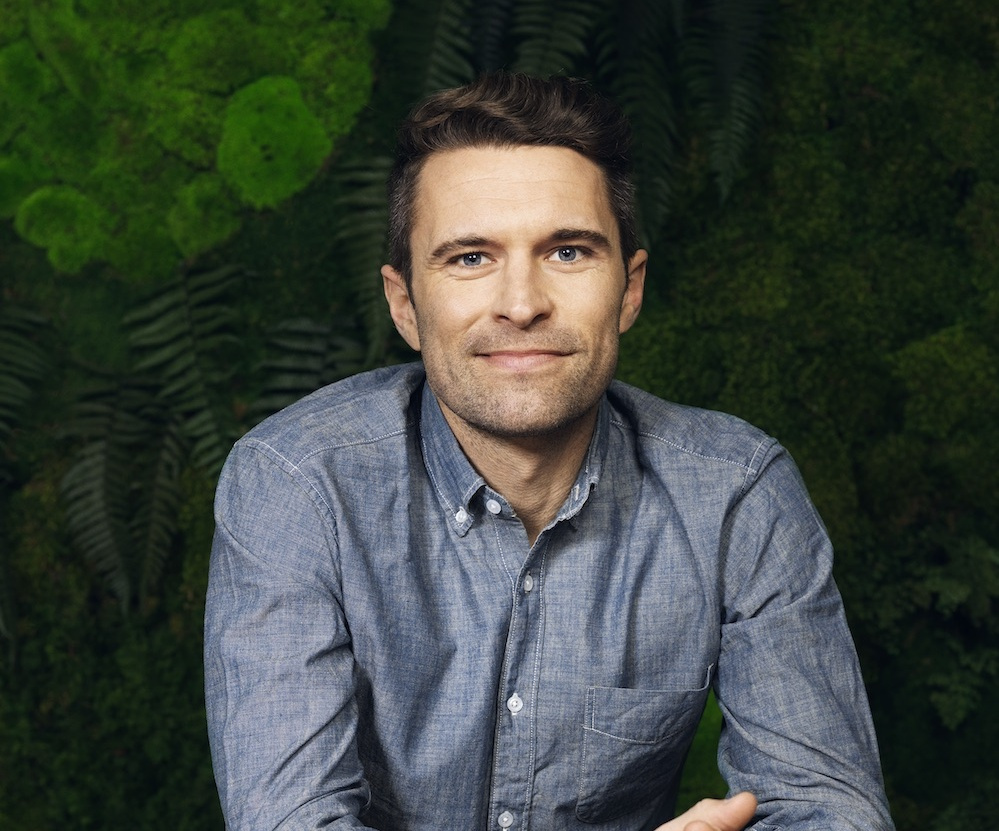Wright Electric was founded by Jeffrey Mark Engler to solve the problem carbon emissions by airplanes. Flying is an essential part of modern transportation, but it can triple a persons carbon footprint. Wright Electric is working on developing an electric airplane that will have much lower carbon emissions than current passenger jets. The Wright 1 airplane that is in development will be able to carry 186 passengers, and it will use batteries to power electric motors for propulsion. Lower carbon emissions will be achieved by using electric power and a more aerodynamic design that reduces drag and makes the airplane more efficient. Battery powered airplanes are becoming more realistic as a result of research by government agencies such as NASA and the Air Force Research Laboratory that are making batteries more efficient and lighter. An electric airplane has some additional benefits. Electric motors are much quieter than traditional jet engines, and the decreased use of fuel will make electric airplanes cheaper to fly. Wright electric is also designing their airplane so that batteries can be quickly swapped at an airport to allow for a faster turnaround time.
Wright Electric has partnered with experienced airlines such as EasyJet, Jetex, and VivaAerobus to get commercial, operational, and maintenance insight during the design process. The Wright 1 will not have a very large range at first with 500km or 311mi flights from London to Paris, but it will be able to get up a 1,280km or 800mi range. The Wright 1 will also have slower cruising speeds than similarly sized passenger jets, but Wright Electric expects this to be fine for the short flights that they will be starting with. Wright Electric is planning to perform ground tests of its motors in 2021 and flight tests in 2023. They are hoping to have the airplane on the market by 2030.


 “Allbirds: Tree Runners”
“Allbirds: Tree Runners”